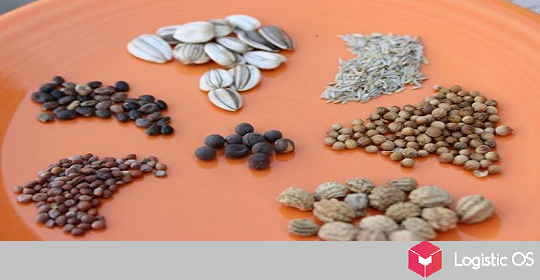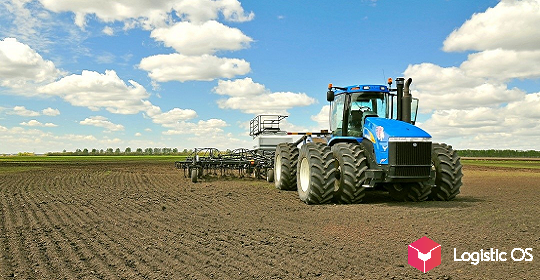In the first 4 months of 2023, the level of production in the agricultural sector increased by 3% compared to the same period last year. But the trend is unlikely to continue.
On the one hand, in a number of indicators, 2023 even surpasses the previous one.
For example, as of May 1 this season, spring crops were sown on an area of 8.4 million hectares, while on the same date last year — only 5.2 million hectares.
However, in many respects this season is already losing to the previous one.
For example, the percentage of death of winter crops in 2022 was 0.2%, and this time 2.4%, which is significantly higher.
In general, 2022 showed a very good result in agricultural production: it grew by 10.2% at once and reached 8.2 trillion rubles.
But this time it is hardly worth expecting such growth, experts are sure. There are several reasons.
Weather factors
Last season, the weather was mostly favorable for farmers, but one cannot be sure that this time it will be the same.
Meanwhile, a severe drought, for example, can destroy most of the crop.
Last year’s high base
Dmitry Rylko, Director General of the Institute for Agricultural Market Studies, noted that last year the results were so brilliant that growth compared to them is hardly possible, and even just repeating last year’s levels would be a great success.
But this is also very unlikely.
For example, grain harvest last season reached 158 million tons, and this time experts expect from 123 to 130 million tons.
Simplify technology
Western sanctions have led to the fact that a number of technologies had to be abandoned, says Alexander Korbut, an independent grain market expert.
This is largely true for agricultural machinery: it is now difficult to buy spare parts due to the shortage and high cost, so you cannot be sure that the availability of machinery for farmers will remain at a sufficient level.
Can livestock be profitable?
He, perhaps, has more opportunities than crop production: the weather factor is less influenced there, and the dependence on imported equipment is not so high.
The production of meat and milk as a whole is growing, but even here problems are possible, of which the first is the lack of sufficient demand. After all, the domestic market of the Russian Federation as a whole is already saturated, and export markets are not sufficiently developed.
All this can hold back livestock breeders, as a result, the increase in production, if there is one, will most likely turn out to be less than it could be if export issues could be resolved.

